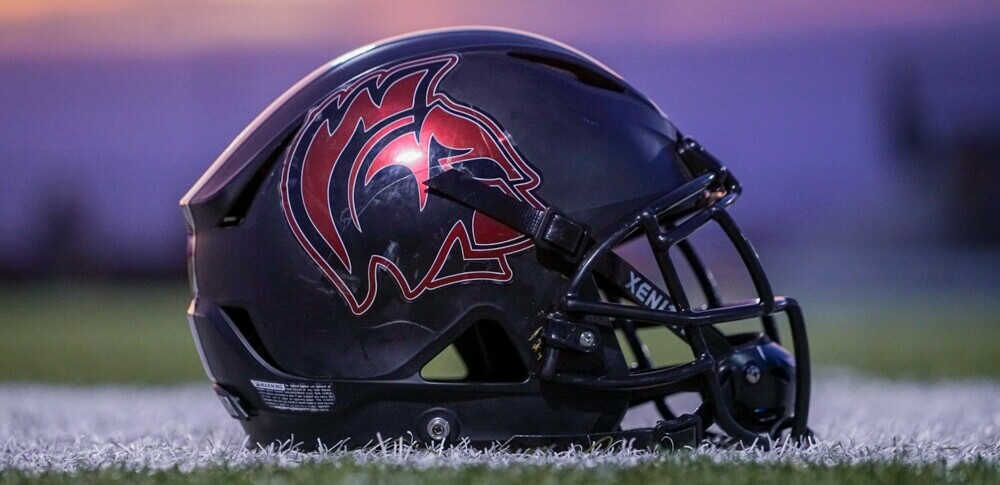
I’m going to start with something that might be obvious to some but is crucial for all: the importance of helmet maintenance for youth football players. These young athletes are out there giving their all, and their safety gear should do the same. So, this isn’t just about keeping helmets looking good, it’s also about ensuring the highest level of protection on the field.
You’re going to find out about various helmet safety standards that set the bar for what protective headgear should offer. I’m talking about guidelines from organizations such as NOCSAE (National Operating Committee on Standards for Athletic Equipment), which are responsible for setting and updating the safety regulations for sports equipment.
But why is this important? In my opinion, and backed by research, there’s a significant relationship between well-maintained helmets and the prevention of injuries, including concussions. A helmet isn’t just a piece of gear; it’s a critical, active participant in the game that can make the difference between a minor bump and a serious head injury.
Now, what is a solid maintenance routine? It’s not just a once-over before the season starts. I’m here to help you with setting the right expectations for maintenance frequency. Think of it as an ongoing responsibility, much like practice drills or game preparation. Consistent checks and care can dramatically extend the life and effectiveness of a helmet.
So, as we wrap up this section, remember that maintaining a youth football helmet isn’t a suggestion; it’s a must. Proper care will not only enable the helmet to do its job but will also instill a sense of responsibility and diligence in our young athletes. And as you gear up for the details in the next section, you’ll be well-prepared to establish a season-long helmet maintenance routine that’s both practical and effective.
Developing a Season-Long Helmet Maintenance Routine
I’m going to walk you through establishing a helmet maintenance routine that’ll keep our young athletes safe throughout the football season. A proactive approach is crucial, and I’ll show you exactly how to make it part of your team’s weekly schedule.
- Pre-season checks are the foundation. Before a single foot hits the field, every helmet should be inspected closely. Look for cracks, dents, or any signs of wear in the padding or shell. I’d advise checking the manufacturer’s date too; if it’s nearing the end of its recommended usage period, consider getting a new one.
- Now, let’s talk about weekly inspection. Helmets go through a lot during games and practices. Once a week, take the time to look for things like loose screws, worn straps, and compromised padding. This isn’t just about keeping the helmet intact; it’s also about ensuring maximum protection.
- You’re going to find out that post-game care is as important as any other step. Dirt and sweat can degrade materials over time, so make sure the helmets are cleaned with mild, soapy water and dried thoroughly. Never use harsh chemicals. & When it’s not in use, store the helmet in a cool, dry place away from direct sunlight to prevent the plastic from breaking down.
- Lastly, documenting each check and maintenance action is invaluable. Not only does it help track the helmet’s condition, but it also provides a clear history should an injury occur. It might seem tedious, but this log can be a lifesaver—literally.
When to Replace: Recognizing the Signs and Choosing New Gear
I’m going to let you in on some essential knowledge about youth football helmets that can’t be overlooked: recognizing when it’s time for a replacement. Your young athlete’s helmet is their first line of defense, and knowing when it’s served its time is critical for their protection.
You might be surprised to learn that youth football helmets have a limited life span. Manufacturers usually recommend a helmet be replaced every five years. However, frequent use, exposure to extreme temperatures, and material degradation can shorten this timeline.
Now, what are the key indicators that it’s time for a fresh helmet? Look for any cracks in the shell, padding that has become hard or doesn’t regain its shape, worn out straps, or faded colors. If the helmet has suffered a significant impact, even if no damage is visible, it’s safest to opt for a replacement.
Don’t worry too much about the cost of a new helmet. The investment is worth it when it comes to safety. But, when choosing a new helmet, make sure it meets the latest safety standards. Consult with coaches or helmet manufacturers for expert recommendations tailored to the needs of your young player.
Lastly, when it comes to retiring an old helmet, do it responsibly. Some manufacturers have recycling programs, or you can donate it for non-contact purposes such as for training or as a keepsake. Just don’t allow an outdated helmet back into the game.
I really hope that this guide helps you maintain your young athlete’s helmet effectively. Always choose something that resonates with you, and remember, a well-maintained helmet is key to your child’s safety on the field. Stay proactive and keep them in the safest gear possible.
